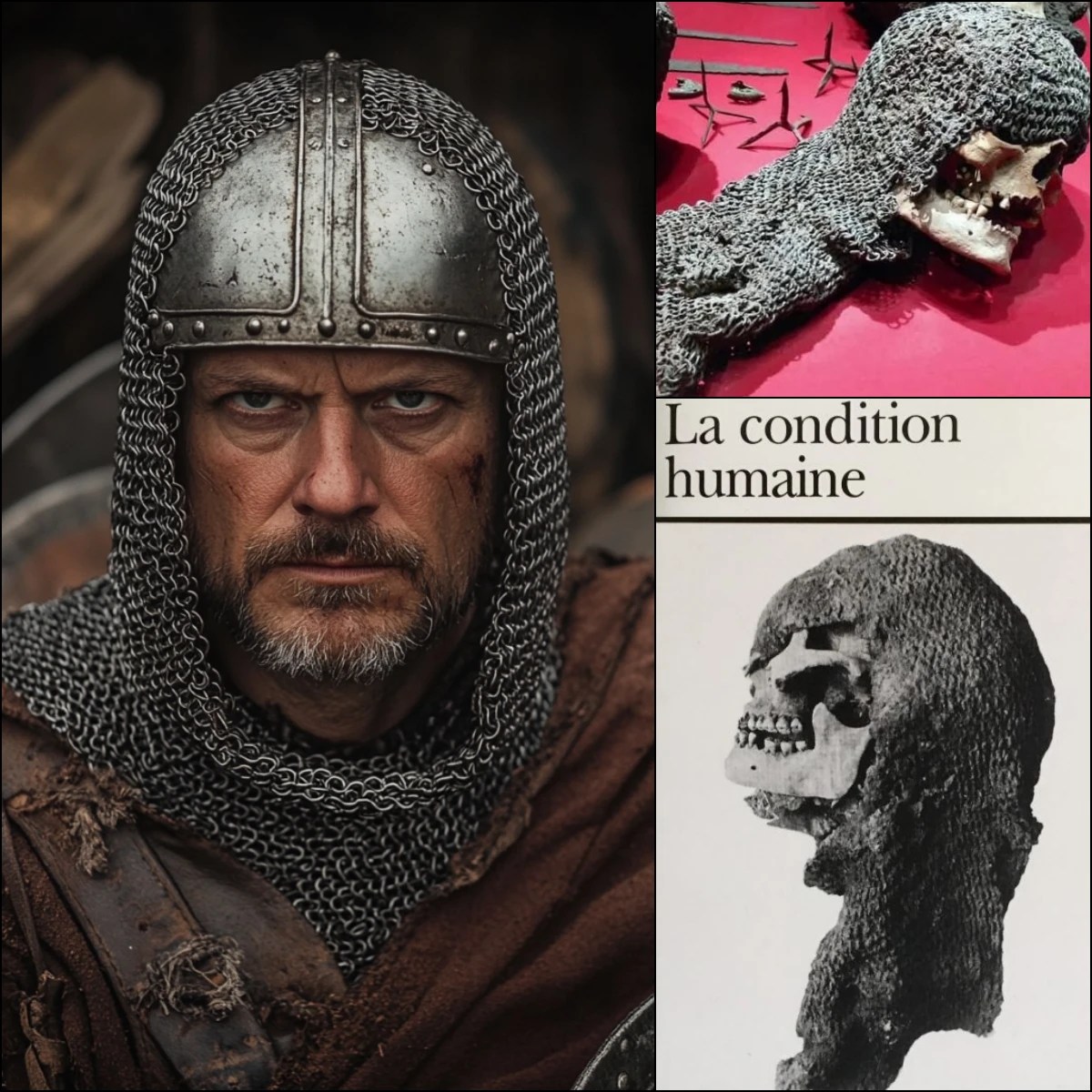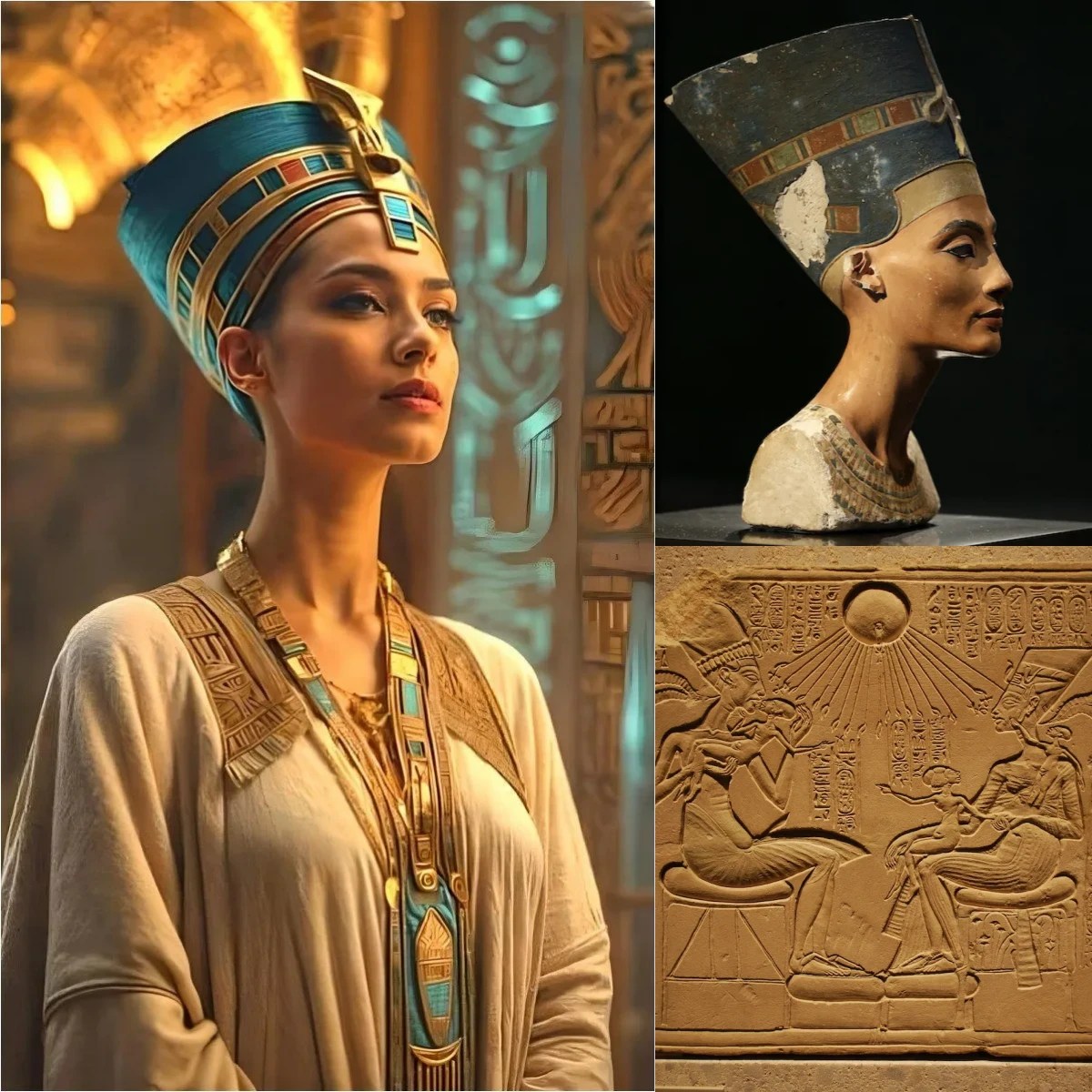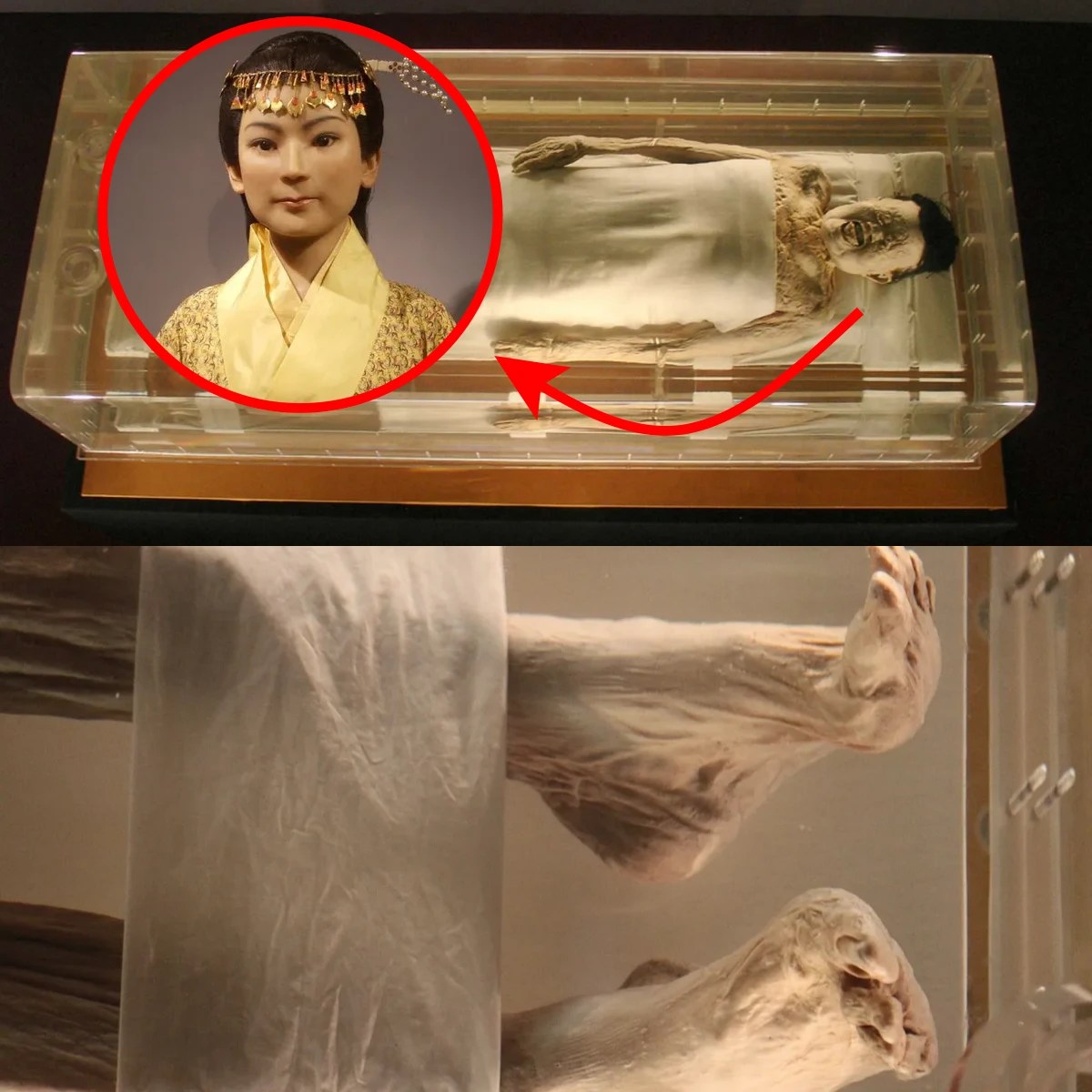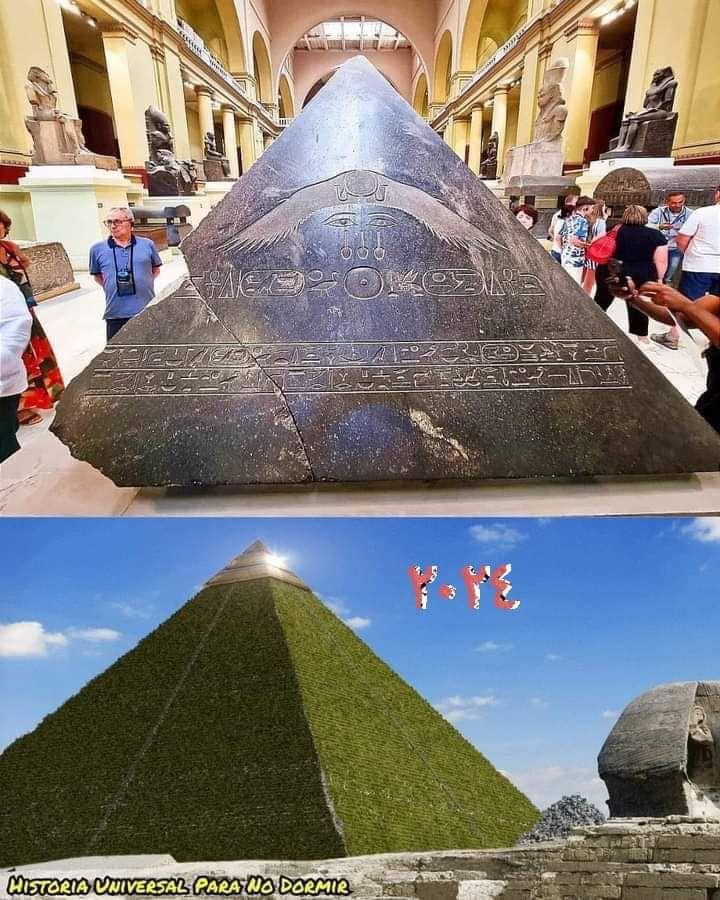Gotland’s 1361 Skull: Mail and Medieval Mysteries
Finding the remains of a medieval woman still in armor opens a window into the historical tapestry of battles and social dynamics. One such battlefield, the Battle of Visby, fought in 1361 on the island of Gotland, presents a unique archaeological enigma. In this confrontation, Danish forces, led by King Waldemar IV, faced a diverse population residing in the city of Visby, known for its multiculturalism and trade within the Hanseatic League. The Battle of Visby occupies a distinct place in history, marked by its peculiar consequences: the mass burial of fallen warriors with their armor intact. The island’s peasants,…
3 min read









